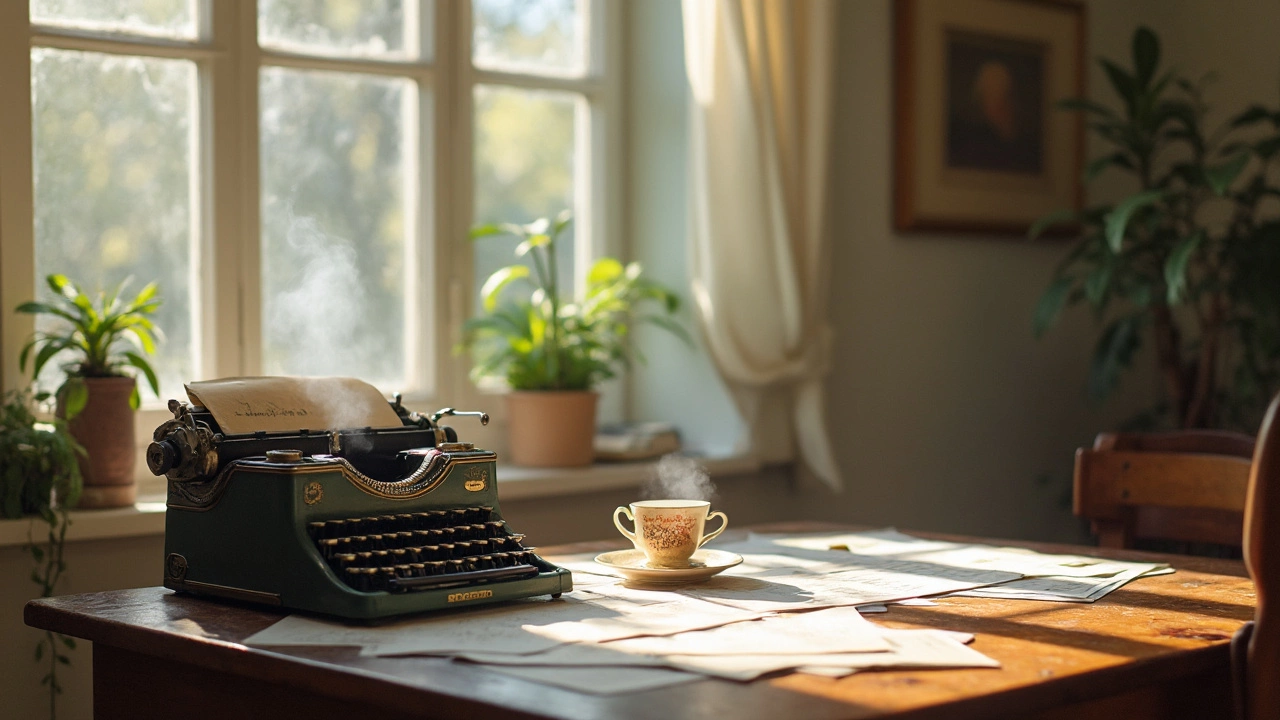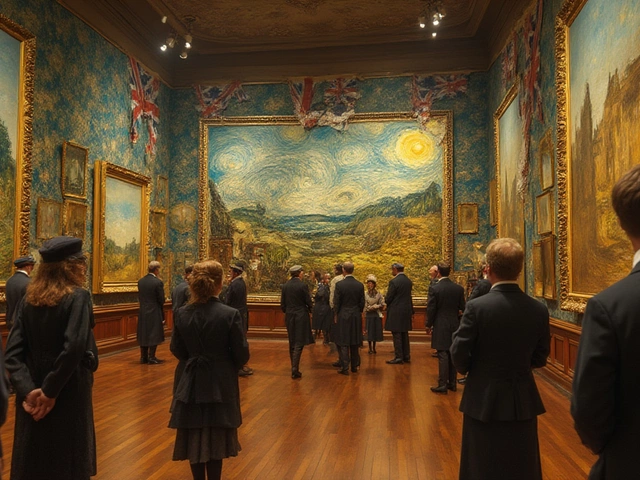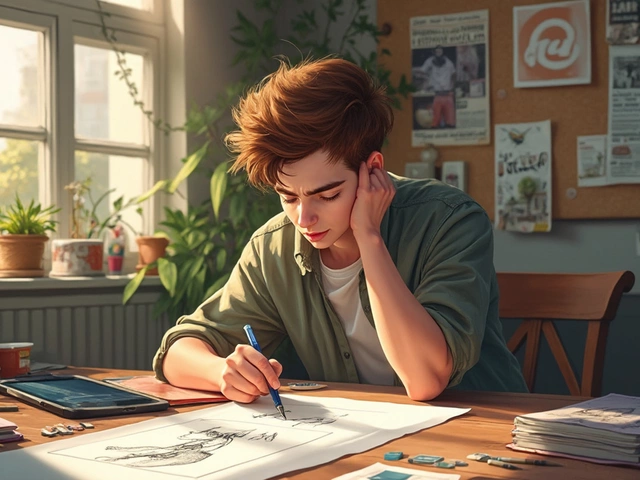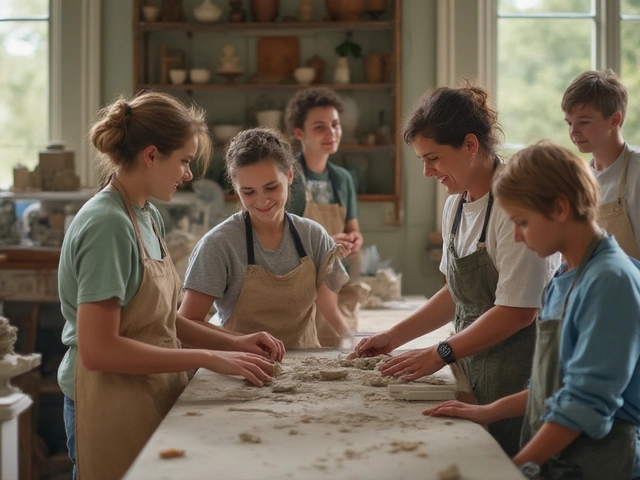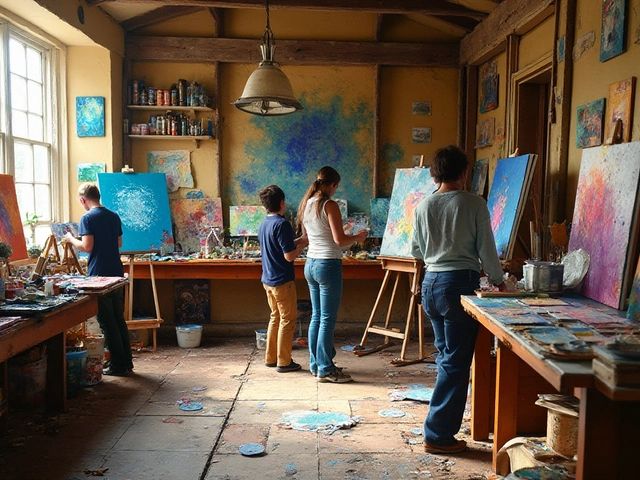So, you're thinking about printing out a piece of art to hang on your wall. Looks like a fun DIY project, right? But wait—is it actually legal? This isn't just some boring legal mumbo jumbo; it's something that can actually affect you.
In most cases, the art you love is protected by copyright, and you can’t just print it without permission. Copyright laws are meant to protect the artist's original work, and these laws can get pretty strict. But hey, it's not all bad news! There are some exceptions, like personal use, but they come with their own fine print.
You might've heard the term 'Fair Use' before. It’s kind of a gray area that lets you use copyrighted material without getting in trouble, but it's tricky. If you're copying art for non-commercial use and with no intention to make money off it, you might be okay. Still, it’s a good idea to know when you're sailing too close to the wind.
Some artists choose to share their work with few restrictions. Ever heard of Creative Commons? It’s a handy way to find art that's free to use, modify, and share within certain limits. This means you can print certain artworks without any headaches. Just make sure you know what the specific license allows.
- Understanding Copyright and Personal Use
- Fair Use and Its Limits
- Creative Commons and Free-to-Use Art
- Supporting Artists Legally
Understanding Copyright and Personal Use
Copyright. It's the law that's supposed to keep creators protected, making sure they get credit—and dough—for their work. Whether it's a piece of art, a song, or a book, copyright means the creator has exclusive rights to duplicate and distribute it.
Now, you might think, "Okay, but I'm just using it for myself!" Well, that's where the term "personal use" comes into play. Personal use typically means using something only for yourself, in your non-commercial space, like your home. But even so, it doesn't automatically make it legal to print a piece of copyrighted art. The creator still has rights over their work, and technically, any reproduction without permission could be a violation.
What Does Personal Use Really Cover?
So, what's really considered 'personal use'? Generally, it means you're using the art for private purposes, where no money changes hands and it's not going on public display. You’re not selling it, displaying it in a business, or making copies to give out. However, that doesn’t give you a free pass to print anything you want.
If you have a digital file for personal use, it often means you're allowed to view it on your devices—no printing. Printing, in many cases, makes a new copy, which can be a breach of copyright. Yeah, it can get a bit sticky, but it’s always better to be safe than sorry.
Exceptions to the Rule
Okay, here's a fun fact: not everything is under strict copyright. Works not protected by copyright include those that are in the public domain or are specifically licensed for personal use. If a piece of art was made before a certain year, or the artist decided to waive some rights, you might get lucky.
| Category | Details |
|---|---|
| Public Domain | Generally, works created before 1923 fall under this category, but check local laws. |
| Creative Commons | Many artists now use these licenses to allow some personal use. |
It's always best to do a little research or reach out to the artist if you’re unsure. Don’t let your love for art get you tangled in a legal web.
Fair Use and Its Limits
Fair Use is like that quirky loophole in copyright rules that everybody talks about, but few really understand. It's a legal doctrine that lets you use copyrighted material without permission, but only under certain conditions. Sounds simple, but here's where it gets a bit complicated.
What is Fair Use?
The concept of Fair Use comes primarily from U.S. law and is considered a defense against copyright infringement claims. It's designed to allow limited use of copyrighted material for things like commentary, criticism, news reporting, teaching, scholarship, or research. But don't get too comfy—those uses have limits!
Factors Considered in Fair Use
There are four key factors that determine whether your use of someone else's work qualifies as Fair Use:
- Purpose and character: Is your use commercial or non-commercial? Non-profit educational uses are more likely to be considered fair.
- Nature of the work: Using factual work? More likely to be fair. Using highly creative work? Not so much.
- Amount and substantiality: Less is more. Using a small, necessary part of the work can qualify as Fair Use.
- Effect on the potential market: If your use could hurt the original work's market value, it might not be deemed fair.
The trick here is balance. This means no single factor will determine the outcome on its own. You have to weigh all factors together.
Common Misunderstandings
It's easy to think that if you're not making money off the print, then you're safe under Fair Use. But the law isn't just about profits. Even personal use can be risky if it's not transformative or if it reproduces the whole piece. Also, giving credit to the artist doesn't automatically make it fair. That's an urban legend in the art prints world, so don't fall for it!
Remember, Fair Use varies by country. In places like the UK or EU, similar concepts exist, but the rules aren’t exactly the same. When in doubt, it's best to look up local laws or consult a legal expert.
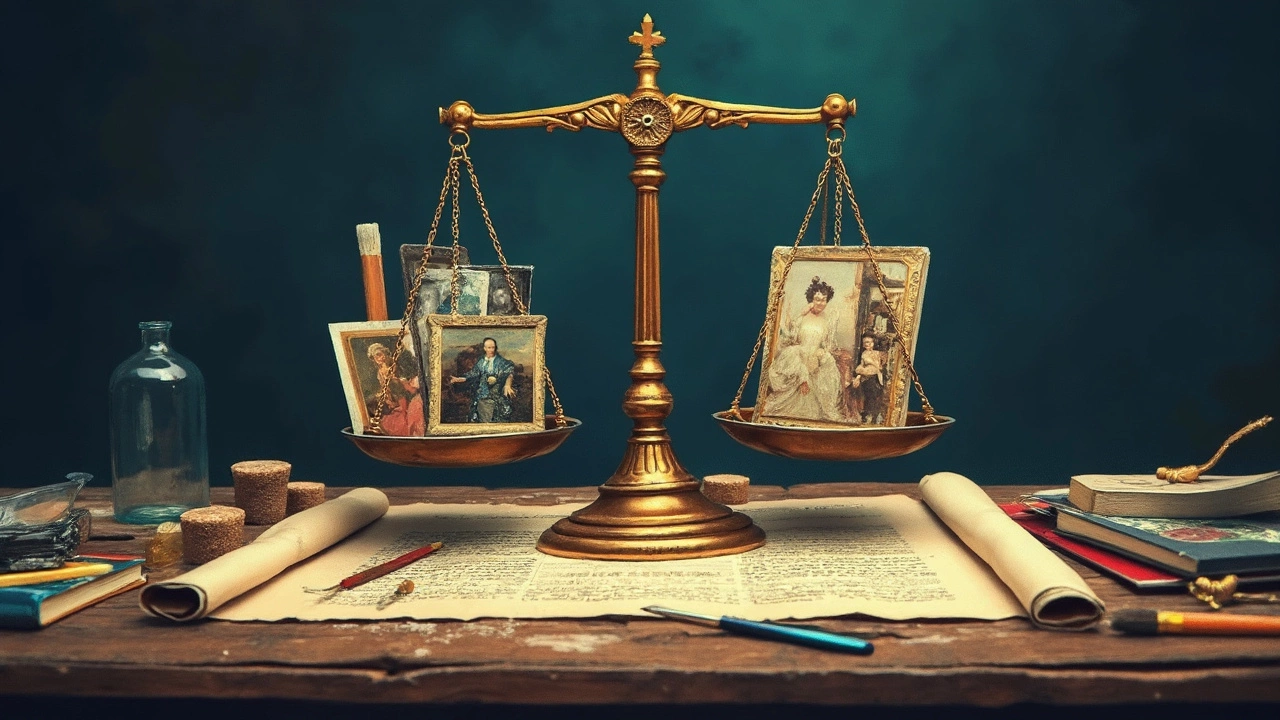
Creative Commons and Free-to-Use Art
Ever stumbled upon some stunning art online and wondered if you could just print it? With Creative Commons, it's sometimes possible to do just that without stepping into a legal minefield. Creative Commons is a licensing system that gives artists a way to share their work legally but with a few strings attached.
Here's the scoop: Creative Commons licenses come in different types, each allowing certain freedoms. For example, some might let you print the art if it’s for personal use and you give appropriate credit, while others might allow modifications. Still, some licenses require that the new creation be shared under the same terms. Confused yet? Let’s break it down further.
Types of Creative Commons Licenses
- Attribution (BY): You can use the work as long as you credit the original artist.
- Attribution-ShareAlike (BY-SA): Same as BY, but also allows you to create derivative works, which must carry the same license.
- Attribution-NoDerivs (BY-ND): Use it as it is, no modifications allowed. Credit is still a must.
- Attribution-NonCommercial (BY-NC): Print away, but don't try to sell it or use it for commercial purposes.
These options make it super easy for art lovers to enjoy art at home without all the legal drama. Imagine having a piece of Van Gogh-inspired art on your wall, knowing you’re in the clear because of a Creative Commons license.
Besides Creative Commons, some websites specialize in free-to-use art that doesn’t require licensing. Websites like Wikimedia Commons and Unsplash are treasure troves of art and photos you can print with a clear conscience.
Remember, while snagging free-to-use art is a breeze with these licenses, it’s important to double-check the terms. Artists can set conditions that might include crediting them or restricting commercial use. It’s all about respecting the creators while indulging in your love for art.
To add a quick tip, always keep a record of the license agreement or the webpage link when you download art. That way, if there’s ever a question, you’ve got the evidence to back up your use.
Supporting Artists Legally
If you're into art, you probably care about supporting artists legally. It’s not just about avoiding trouble; it’s about valuing the creativity and hard work behind those art pieces.
Buy Originals or Prints Directly
The most straightforward way to back artists is to buy their work. Whether it's an original piece or a licensed print, purchasing directly feels great and makes a difference. Check out platforms like Etsy or the artist's own websites. They often sell prints, allowing you to decorate your space while supporting a creative talent.
Explore Art Subscription Services
Looking for variety? Consider art subscription services. They offer a rotating selection of prints that you can enjoy at home. You’ll not only get fresh art regularly but also ensure a steady income for artists involved.
Engage on Social Media
Social media can be a powerful tool for artists. Share their work, engage with their content, and encourage others to do the same. A simple follow or a like might open new opportunities for them.
Contribute to Crowdfunding Campaigns
Artists sometimes launch crowdfunding campaigns to fund projects or exhibitions. Platforms like Kickstarter or Patreon let you support them financially in exchange for perks like exclusive prints or early access to their work.
Support Through Online Communities
Join online art communities where artists share their creations. These platforms often have options for direct support through donations or merchandise purchases.
Remember, by legally supporting artists, you’re not just paying for art to hang on your wall. You're investing in their ability to continue creating the beautiful work that inspired you in the first place.
